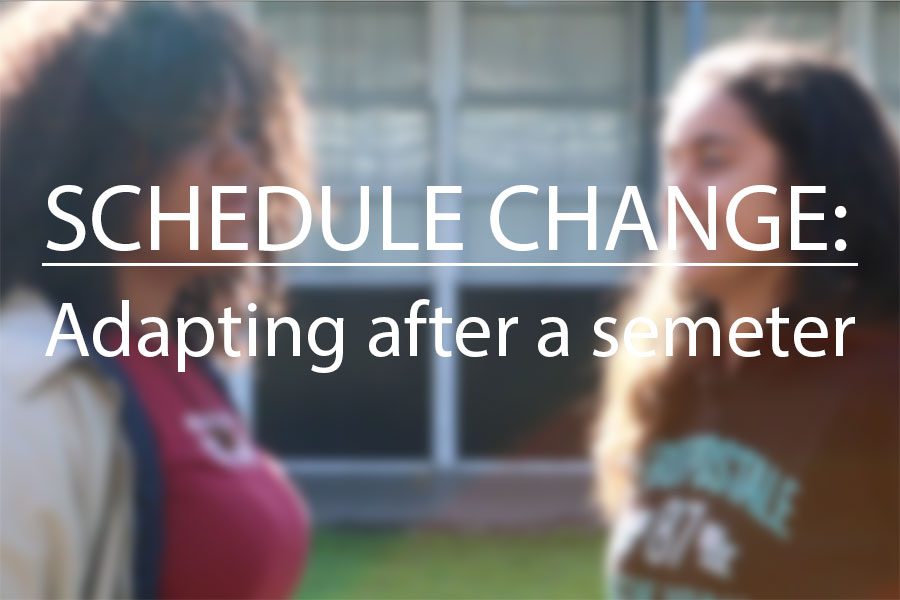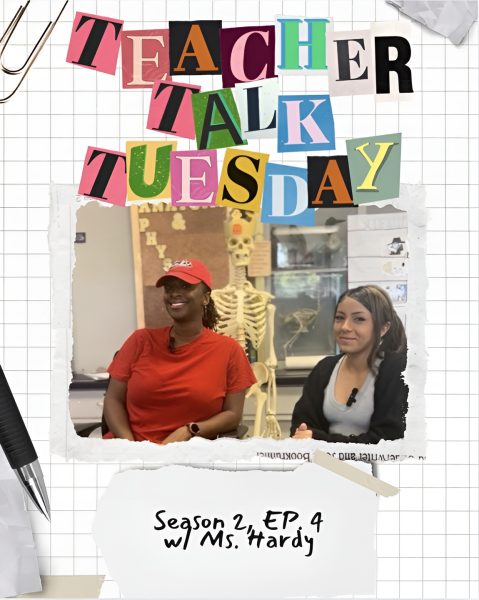Has the new schedule been effective?
Changes prove useful for some classes, cumbersome for others
In a 2016 video interview of then junior Karlaija Hardiamon, she expressed her concerns to the teachers’ decision of returning to a traditional 1-6 schedule.
As a drama student, Hardiamon’s concerns surrounded not having enough time to practice and put on a production. Block days allowed her “to do the activities that we need to do.”
A semester later, Hardiamon is still trying to adapt to the current schedule. “This year we didn’t have enough time to put up a play or make a production,” Hardiamon said. “We cannot do a show because we don’t have enough time to practice.”
This has been Stagg’s third new schedule in the past four years. Upperclassmen can recall having a schedule that had a mix of block days. Those days offered three classes per day, allowing science teachers to conduct labs and allowing longer, more in depth instructional time.
Stagg’s minimum days are used for collaboration meetings among other things. Many students, including Hardiamon have expressed their support for the minimum days.
“I love it, they are great,” said an ecstatic Hardiamon. “I get to go home and sleep.”
Advanced Placement student Janelluz Javier is also fond of the minimum days but feels as if the negatives outweigh the positives.
“In AP Gov, we have a lot of work,” Javier said. “There’s a lot of homework we would have to take home and not much classwork we could do in class.”
AP History teacher Tara Hayes recognizes that her students have an extensive workload to take care of at home.
“It seems like we have less time in class so we are constantly running out of time,” Hayes said.
This year’s schedule has adapted the three 1-6 days from last year’s schedule and applied that to the entire school week. Periods now last 58 minutes, a mere minute longer than last year’s 1-6 days.
That is not taking account for the block days. On an average week with no minimum days, last year there were 1722 minutes of class time. This year that number has been increased to 1740 minutes.
According to music teacher Joseph Updegraff, the biggest hurdle for teachers is the restructuring of their lesson plan.
“It’s a restructuring of how you teach,” Updegraff said. “Not in the content of what you teach, but a restructuring of time management.”
But Updegraff has noticed a benefit for students. Since there is an extra day of instruction, there is in turn more time to work on concert pieces.
With the new schedule, science teachers have found themselves struggling with conducting labs. Students now have to use two days for labs if not more. And some may face the same stark penalties of last year for being absent during a lab.
While teachers have the added 18 minutes per week, class time itself remains a constraint for some. Such so that ASB has also been taking work home according to Senior Class President Allison Goodwin.
For their upcoming multicultural rally, Goodwin has found herself making flags at home.
“Your quality of work is not going to be as good because it’s such a small amount of time,” Goodwin said. “I really feel that they should have talked to the kids that are more involved first before making an overall change.”
MESA student Kevin Phan has had to work on his projects after school as well. He explains that a simple adjustment on their robotic arm could have been done in block days, but now due to the nature of the traditional schedule, it can span to over two school days.
Many have welcomed the minimum days, while some can clearly see the benefits of having a traditional schedule. Yet it’s clear that adapting to a new standard of time management has been a mixed bag for some.










